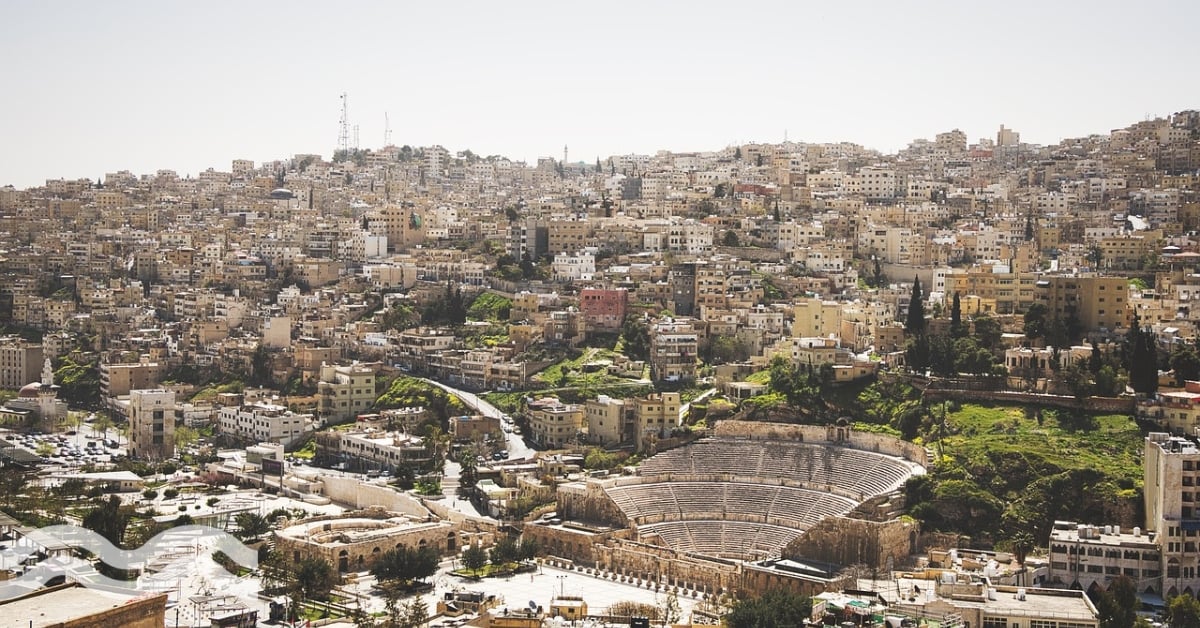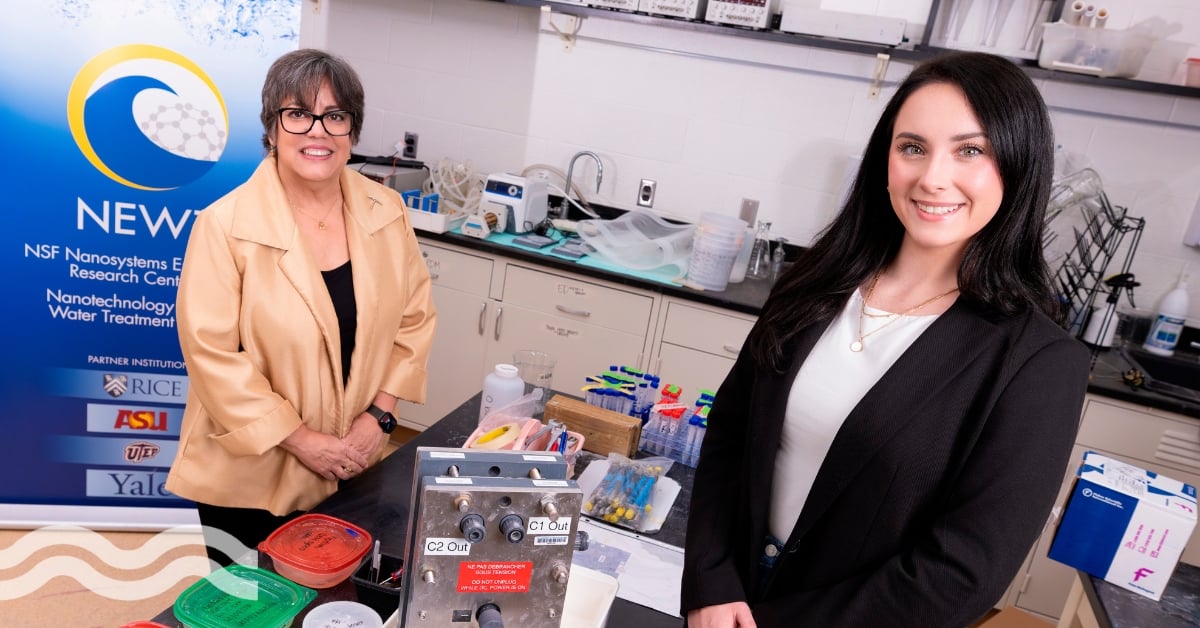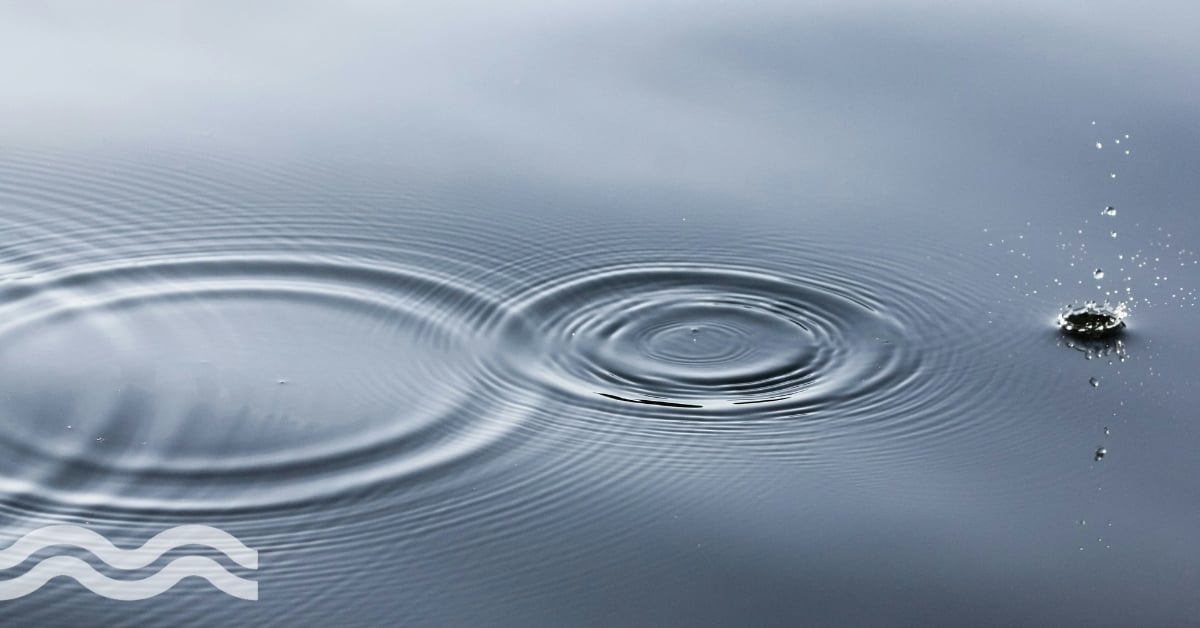Solar desalination dome promises record-low water price
Scaling up concentrating solar power
A new solar dome technology claiming to produce desalinated water cheaper than traditional methods is hoping to put Saudi Arabia’s new NEOM vision on the global water map.
Called “solar dome”, the decentralised solution uses concentrating solar power (CSP) technology to treat seawater.
With a predicted price of $0.34/m3, the team behind it claim the solution will be considered “significantly lower” than desalination plants using reverse osmosis (RO) membrane methods.
Developed at Cranfield University, UK company Solar Water will work with NEOM to develop the first project on a 26,500 km2 area in northwestern Saudi Arabia.
The first project is expected to be completed by the end of 2020.
How the “solar dome” works
Claimed to be 100 per cent carbon neutral, the process involves piping seawater under a "glass-enclosed aqueduct system”, which heats the water as it travels into the dome.
These structures, made from glass and steel, will vary in size from 20m to 120m, according to the company.
An array of parabolic mirrors, or “heliostats” that surround the sphere, concentrate the solar radiation onto the dome.
This transfers the heat to boil the seawater, creating a “cauldron effect” where the water is superheated. After evaporation, steam condensate is then piped as freshwater to reservoirs and irrigation channels.
Secondary treatment will then be necessary to create drinking water. More details on the process can be seen in the video below:


